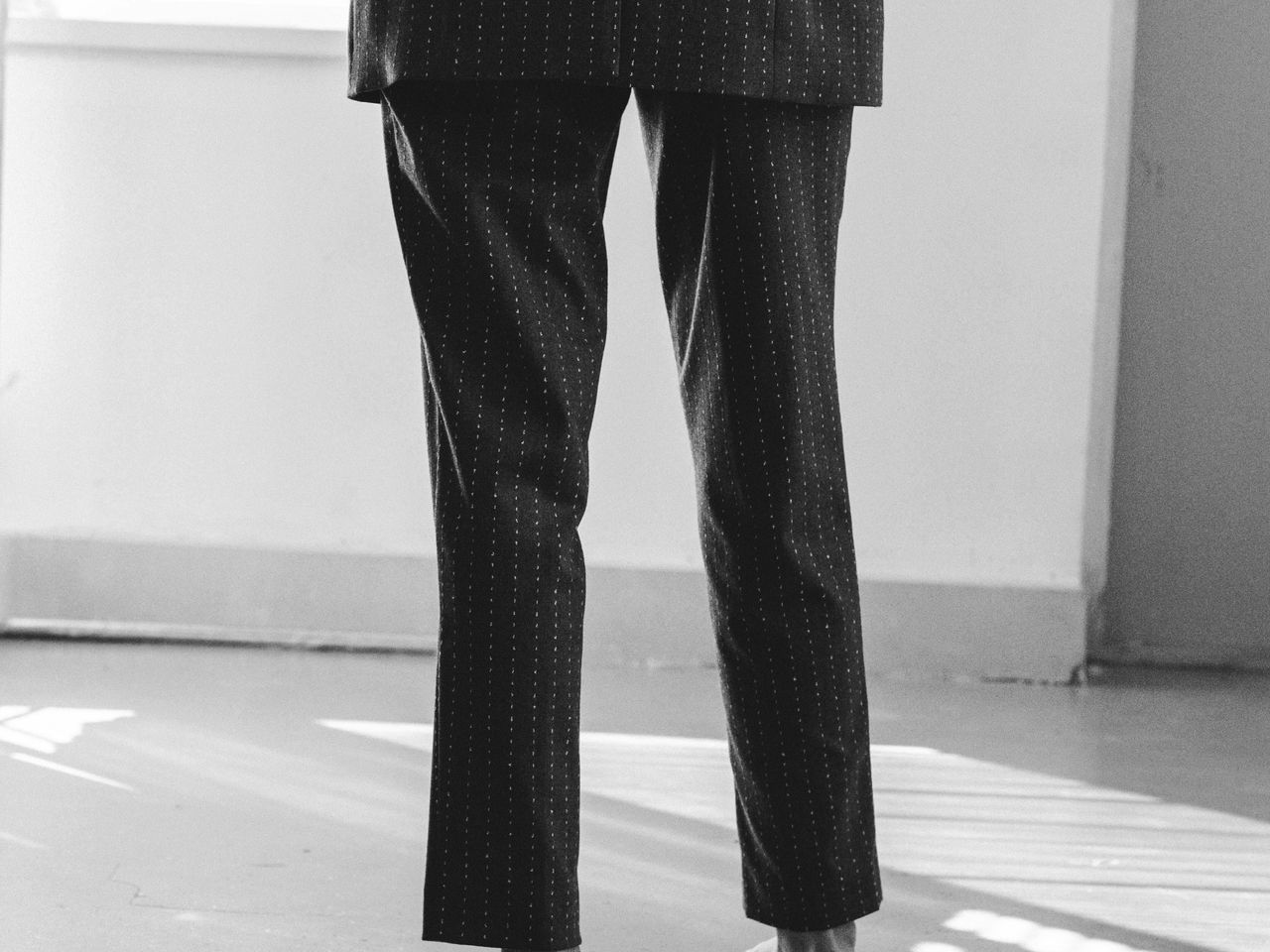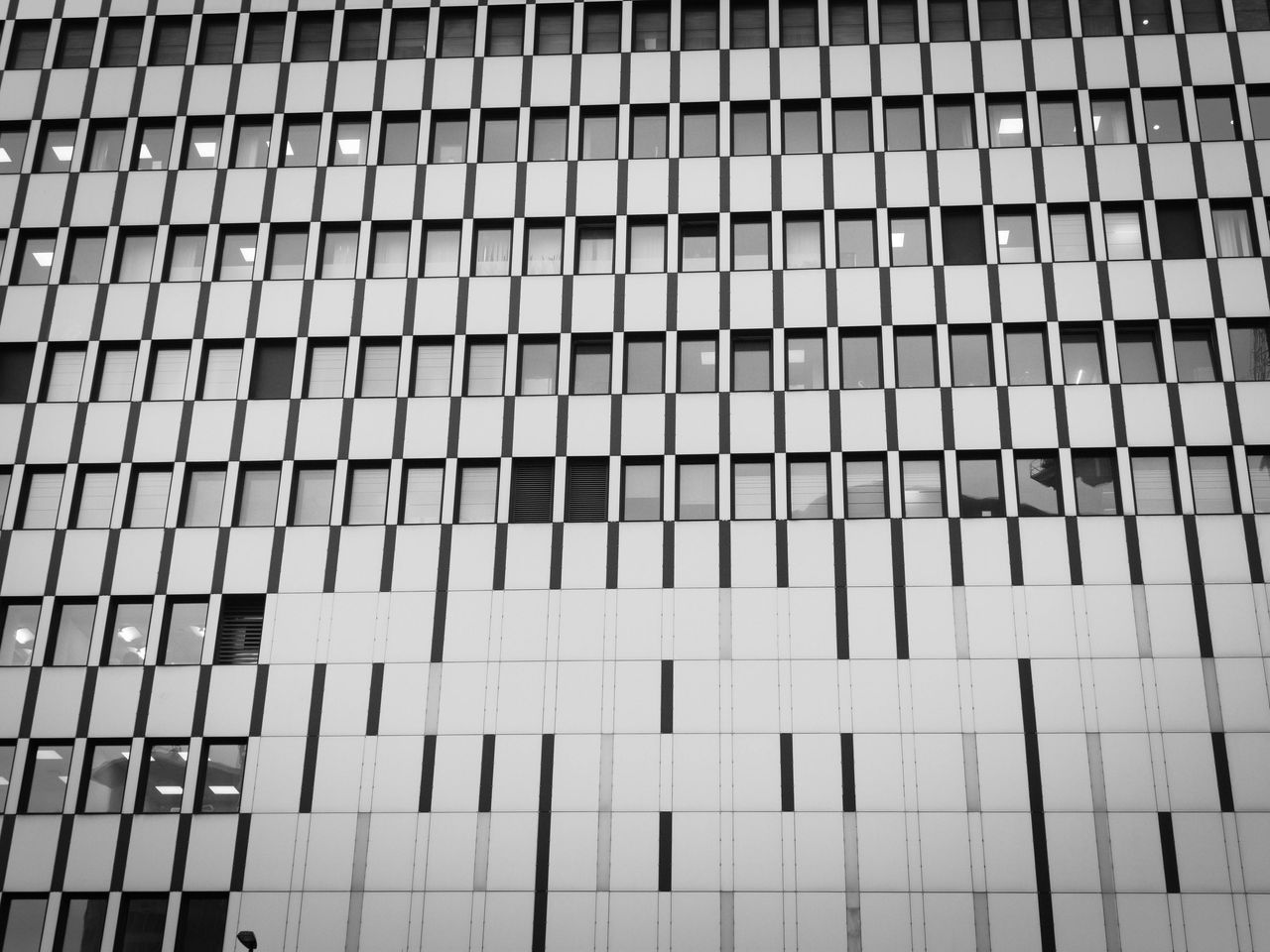Harnessing Daylight: A Strategic Priority for Healthcare and Residential Care Facilities
For hospitals and care facilities, balancing daylight is more than just an aesthetic choice. It directly impacts patient outcomes, staff well-being, and the sector's ability to meet ambitious energy reduction goals. With smart solar shading and automation, healthcare environments can maximize the benefits of natural light while addressing challenges like overheating and energy inefficiency
continue reading






